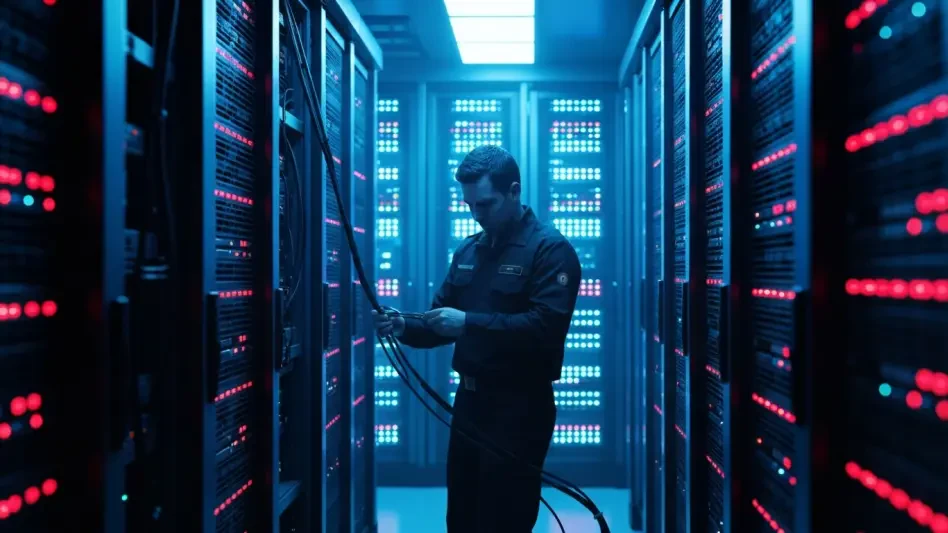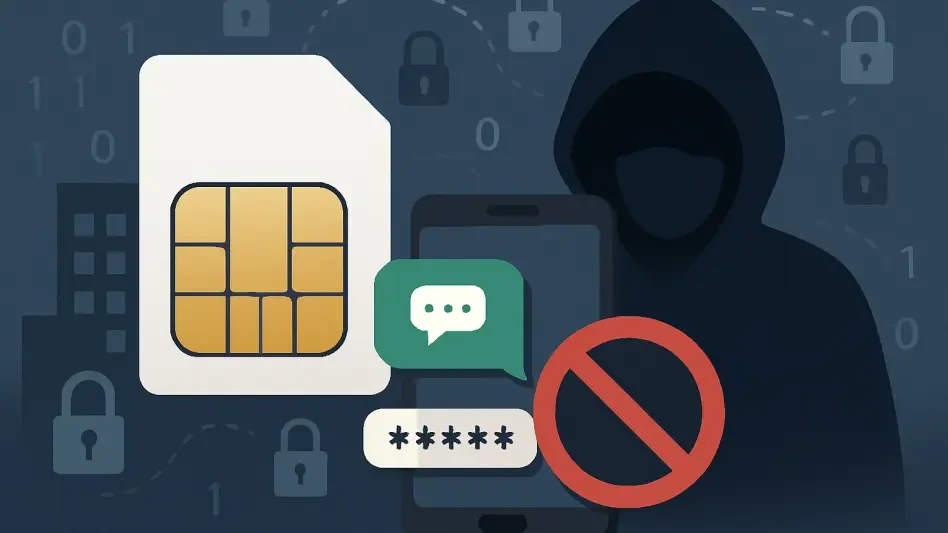In a startling breach of cybersecurity, Nevada has found itself grappling with one of the most severe ransomware attacks on state infrastructure to date, revealing the vulnerabilities that even government systems face in an era of escalating digital threats. This incident, which unfolded over several months, began with a seemingly innocuous mistake by a state employee and spiraled into a crisis that disrupted critical services across multiple agencies. The attack not only exposed sensitive data but also tested the state’s resilience and commitment to safeguarding public resources without bowing to criminal demands. As cyber threats continue to evolve, this event serves as a critical case study for government entities nationwide, highlighting the urgent need for robust defenses and rapid response mechanisms to protect essential operations.
Unraveling the Cyber Intrusion
The Genesis of the Breach
The origins of this devastating cyberattack trace back to a single, unintended error by a state employee who downloaded a malicious tool from a deceptive website, unknowingly installing a backdoor into Nevada’s systems on May 14. This initial breach went undetected for weeks, allowing the threat actor to establish a foothold within the state’s digital infrastructure. It wasn’t until late June that endpoint protection software flagged the anomaly, though by then, the damage had already begun to spread. By August 24, the attacker had exploited this access to deploy ransomware, encrypting virtual machines, deleting backups, and compromising over 60 state agencies. The scale of disruption was staggering, affecting vital services such as healthcare, motor vehicle registration, and public safety, underscoring how a small misstep can cascade into a statewide emergency. This incident reveals the critical importance of early detection and the devastating consequences of delayed response in the face of sophisticated cyber threats.
Scope of the Damage
The impact of the ransomware attack extended far beyond a mere technical glitch, striking at the heart of Nevada’s operational capacity with over 26,400 files accessed and another 3,200 exposed to potential theft. Credentials from 26 accounts were stolen, and event logs were erased to obscure the attacker’s movements, complicating efforts to trace the intrusion. Departments like Health and Human Services and Public Safety faced significant interruptions, hampering emergency response and routine public services. The attacker’s use of remote monitoring tools and desktop protocols to navigate systems demonstrated a high level of sophistication, targeting both standard and privileged accounts to maximize damage. While there’s no conclusive evidence that data was leaked online, the confirmed theft of a former employee’s information adds a personal dimension to the crisis. This widespread disruption illustrates the profound challenges state systems face in maintaining service continuity when under siege by determined cybercriminals.
Response and Recovery Efforts
A Firm Stand Against Ransom Demands
In the wake of the attack, Nevada took a resolute stance by refusing to pay the ransom, a decision bolstered by cybersecurity insurance and pre-negotiated vendor agreements that provided a financial and technical safety net. This approach reflects a growing trend among public entities to resist extortion, prioritizing recovery through expertise rather than capitulation. Over a 28-day period, the state collaborated with leading firms such as Mandiant, Dell, and Microsoft DART to restore 90% of the impacted data, though the effort came at a steep cost of approximately $1.3 million for investigation and restoration. Released reports from the Governor’s Technology Office highlighted the absence of definitive proof that stolen data was misused, offering a sliver of relief amid the chaos. This strategic refusal to negotiate with attackers sends a powerful message about the state’s commitment to integrity, even as it navigates the financial and operational fallout of such a significant breach.
Building Resilience Through Collaboration
Beyond the immediate response, Nevada’s recovery process underscored the value of partnerships in combating cyber crises, as the state leaned on technology experts and cybersecurity specialists to rebuild its systems from the ground up. These collaborations not only facilitated data restoration but also helped identify vulnerabilities that allowed the attack to occur, paving the way for stronger defenses. The incident exposed the critical need for ongoing employee training to prevent human errors, such as downloading malicious content, which served as the entry point for this ransomware. Additionally, the state’s investment in proactive measures like insurance proved instrumental in managing costs without yielding to criminal demands. This recovery effort serves as a blueprint for other government entities, demonstrating how preparation and external support can mitigate the damage of cyber intrusions while maintaining public trust in the face of adversity.
Looking Ahead: Lessons for the Future
Strengthening Cybersecurity Defenses
Reflecting on the aftermath of this ransomware attack, it became evident that Nevada had faced a profound test of its cybersecurity infrastructure, one that revealed both weaknesses and areas for improvement. The incident highlighted the necessity of advanced detection mechanisms to catch breaches before they escalate into full-scale crises. Government agencies must prioritize regular system audits and invest in cutting-edge tools to monitor for suspicious activity in real time. Equally important is the need to fortify employee awareness programs, ensuring that staff are equipped to recognize phishing attempts and other deceptive tactics used by cybercriminals. As threats grow more sophisticated, the state’s experience emphasized that a multi-layered defense strategy, combining technology and human vigilance, is essential to protect critical infrastructure. This breach served as a wake-up call, urging a shift toward preemptive measures over reactive solutions.
Broader Implications for Public Institutions
The Nevada ransomware attack also cast a spotlight on the broader challenges facing state and local governments, which often operate with limited budgets and outdated systems, making them prime targets for cybercriminals. The disruption to emergency services and public safety during the incident underscored the real-world consequences of digital vulnerabilities, affecting citizens who rely on these functions daily. Moving forward, policymakers must advocate for increased funding for cybersecurity initiatives and foster collaborations with private sector experts to bridge resource gaps. The state’s refusal to pay the ransom, while commendable, also prompted discussions on the ethical and practical considerations of such decisions in future attacks. Ultimately, this event reinforced the urgency of building a national framework for cyber resilience, ensuring that public institutions can withstand and recover from similar threats without compromising essential services or public trust.








